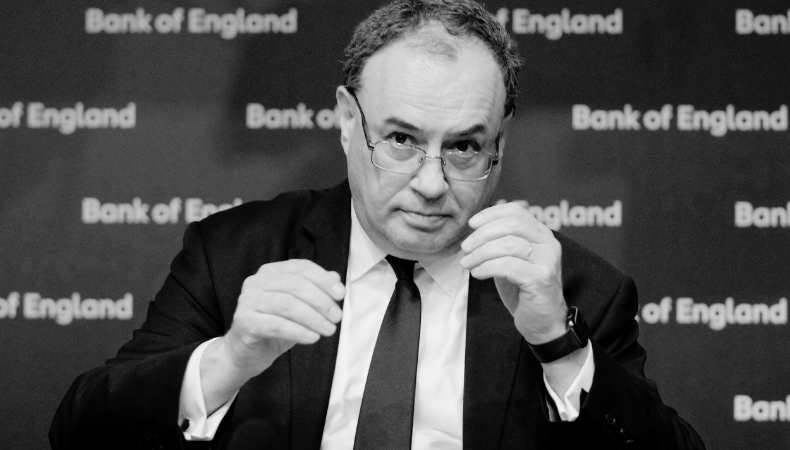There has been a significant increase in new housing stock as sellers look to get ahead of post-election market rush, new research shows.
Fresh market insight from up-front information platform, Home Sale Pack, reveals that there has been a 22.9% increase in the number of new homes hitting the market across Britain when compared to the start of the year as sellers look to get ahead of the competition before any potential market boom following the result of the General Election on July 4th.

The research shows that there are a total of 810,353 homes currently listed for sale across Britain – 22.3% more when compared to January of this year.
Of these, 102,035 have been listed for sale in the last two weeks alone, a 22.9% increase when compared to the 83,033 sellers that entered the market at the start of the year.
In fact, every region of Britain has seen an increase in the number of sellers arriving to the market ahead of the upcoming General Election.
Ruth Beeton, co-founder of Home Sale Pack, said: “Summer is traditionally a busy time of year for the UK property market and with a recent return to form following a period of muted activity, it looks to be a summer of greater stability for homebuyers and sellers.
“While the general election isn’t expected to impact overall market health, there will be a segment of buyers sitting tight in anticipation of some form of election cost saving initiative – with stamp duty looking the most likely.
“With this in mind, it certainly seems as though a number of sellers are getting their house in order ahead of polling day to take advantage of any post-election surge in market activity, with the number of new homes reaching the market in the last 14 days sitting considerably higher than the start of the year.
“They are wise to do so, as any increase in market activity is likely to cause lengthy delays to the transaction timeline, most notably during the archaic conveyancing process. So getting ahead of the game now is the best way to minimise any delay to your sale.”
Source: Property Industry Eye







